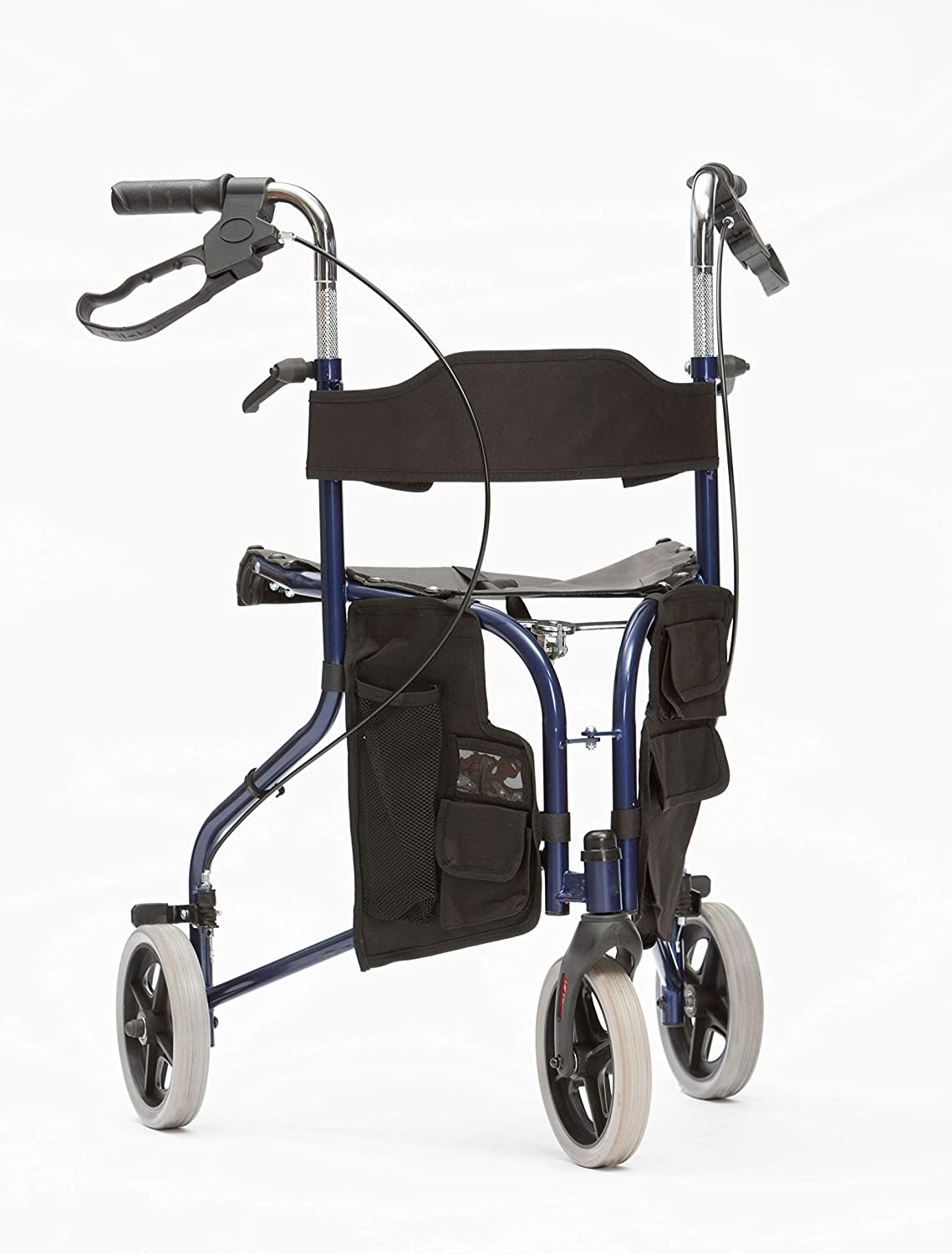Types Of Walking Aids
To walk easier and independently, people with mobility issues may benefit from using walking aids, also known as mobility aids. Walking aids come in various styles, shapes, sizes, and materials so that everyone may choose one that suits their requirements and preferences.

Types of Walking Aids
Disclaimer* Please note some of the links on this page are affiliate links. Meaning if you click on them we receive a small commission.
Crutches
The elderly and the injured may greatly benefit from using a walking stick or cane.
Walking Frames
Seniors and those with mobility issues often benefit from using walking aids like canes and crutches.
Walking Sticks
The use of walking aids, like sticks and canes, dates back to the beginning of human existence.
Last Updated on November 19, 2023 | Published: January 9, 2023
Canes
Those with mobility or balance impairments who can walk with help would benefit from these.
- They’re great for those who only require a little help keeping their balance or stabilising their steps.
- Quad canes, sometimes called four-point canes, differ from standard canes in that they include four points rather than one at the base. The extra stability and support they provide make them ideal for those who need more help with their walking than is provided by regular canes.
- People with hand or wrist problems, or anybody who just wants more help walking, may benefit from using one of these canes.
Crutches
Crutches are two-pronged devices that help with stability and support when walking. They’re ideal for those who have trouble walking alone due to mobility difficulties or balance concerns.
- Their single armrest and handgrip allow them to be supported by the user’s underarms. Those who just want little assistance when strolling may use these crutches.
- Forearm crutches, also called elbow crutches, consist of a single armrest and a handgrip but are held in the hands of the user instead of being tucked under the armpits.
- Like regular crutches, platform crutches have a larger base for more stability.
Walkers
Platform walkers are comparable to traditional walkers; only they feature a larger base for increased stability. People who have trouble walking without assistance may use these walkers.
In contrast to traditional walkers, which must be lifted and manoeuvred by the user, rolling walkers (sometimes called rollators) include wheels that enable the user to roll the walker along. People who need a little more help while on their feet may use the handbrakes and the built-in seat to make walking easier.
Wheelchairs
Wheelchairs are four-legged walking devices that let people who have trouble getting about sit in and get around. Individuals who cannot walk or have restricted movement might benefit from these.
- Manual wheelchairs are propelled by the user or caretaker pushing on the wheelchair with their hands. Their small weight and manageability make them a wonderful choice for anyone who can propel themselves or have a carer to help them.
- Powered wheelchairs, sometimes called electric wheelchairs, include a motor and batteries to propel them and are operated by the user using a joystick or other control device. They are a viable alternative for those who either lack the strength or stamina to drive a manual wheelchair.
